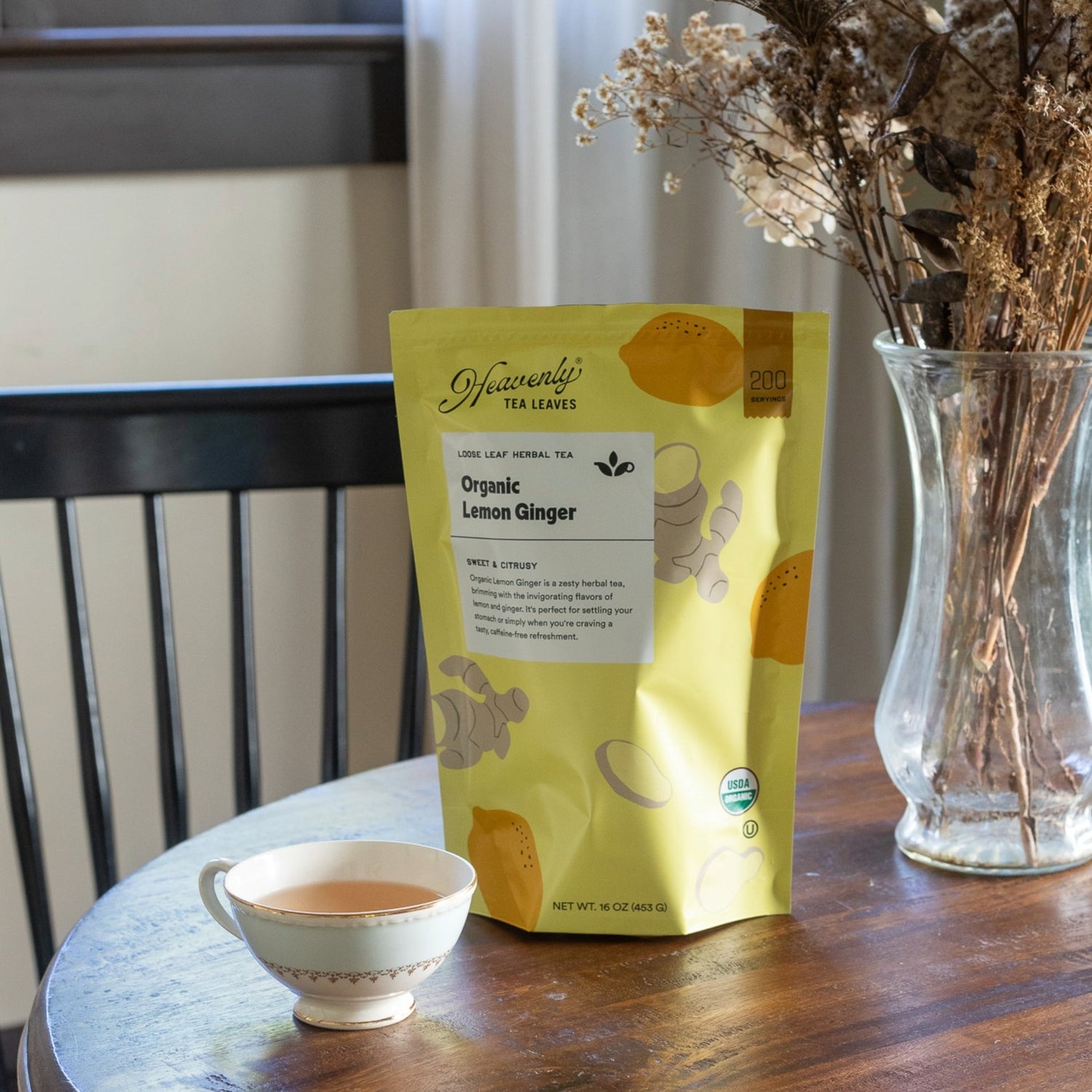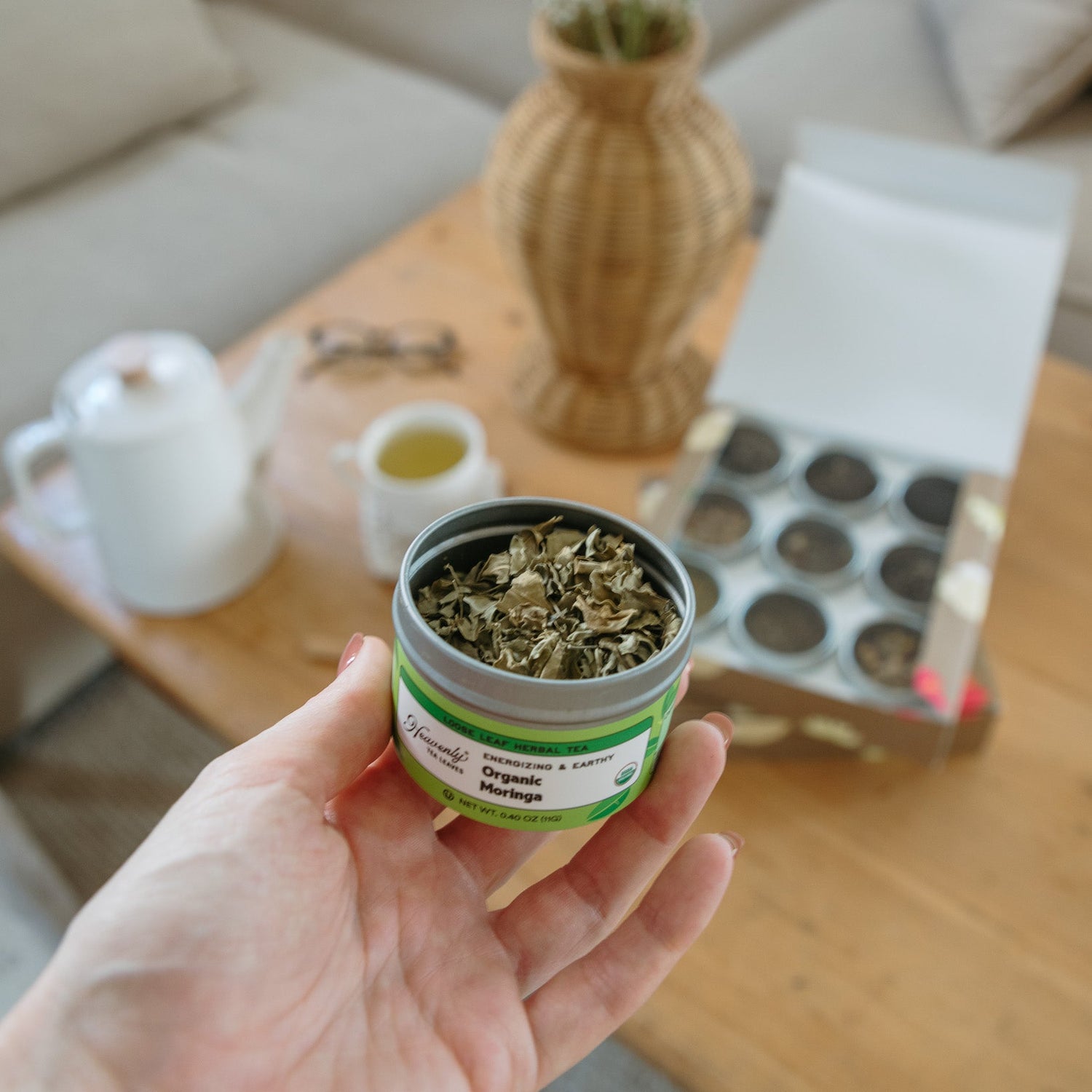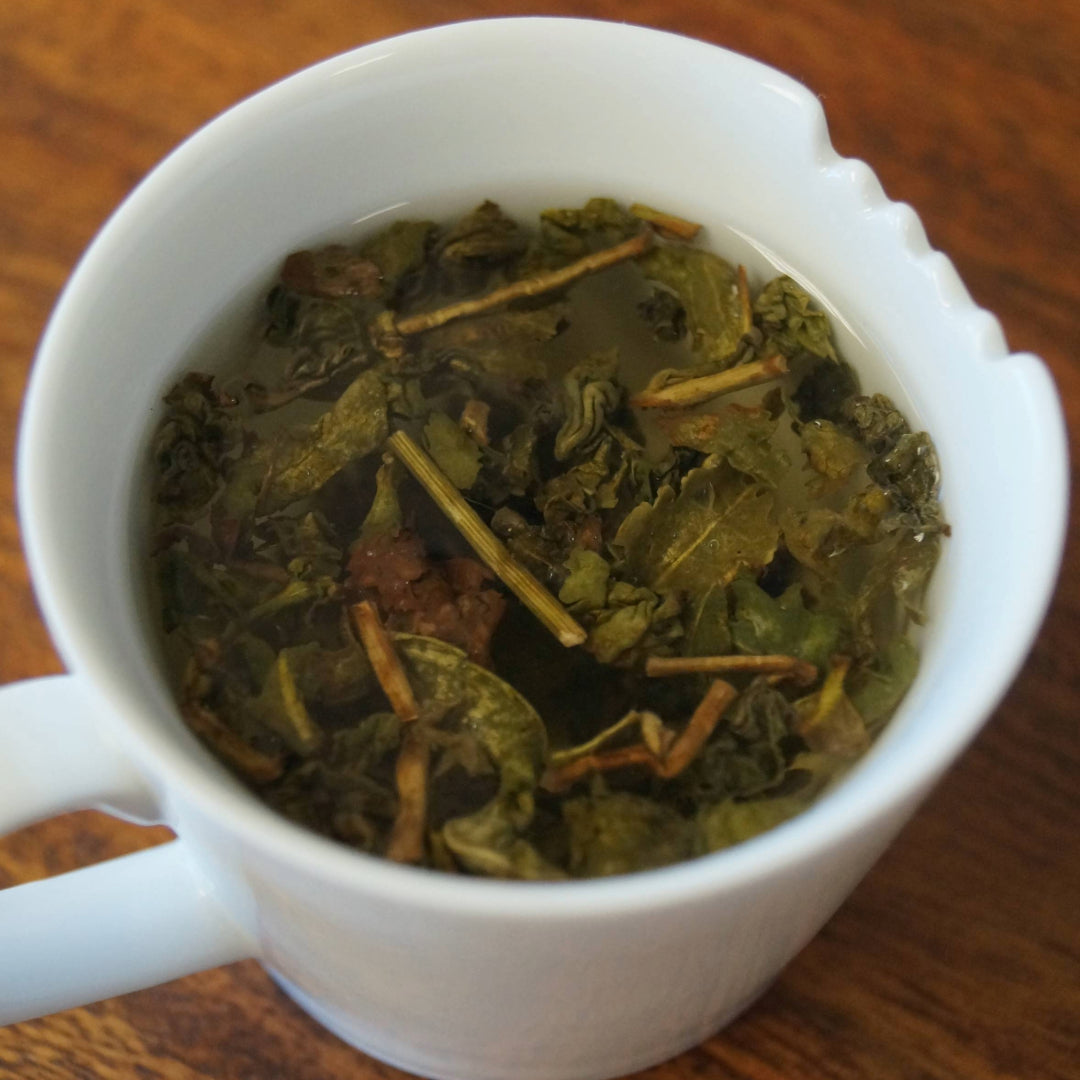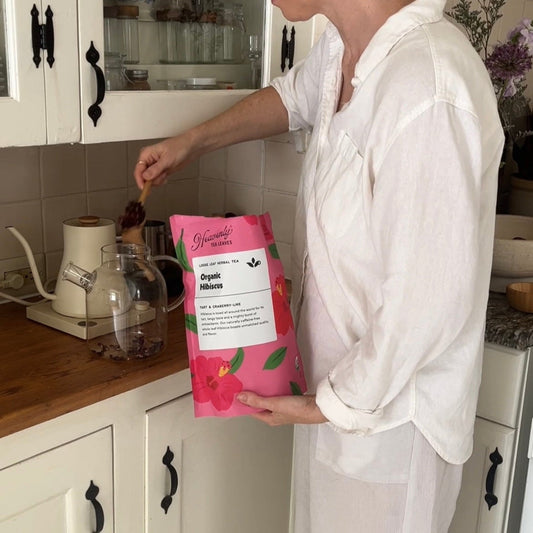With roots in the East and having trickled to the West over many centuries, tea has lost much of its original “flavor” as times and cultures have evolved. Today, we often drink tea simply as a comforting and wholesome beverage. But the ceremonial aspect of tea has always been prominent in China, and a major part of that culture since the 1700s has been Gong Fu Cha.
Gong Fu Cha, loosely translating to “making tea with skill,” is a sort of gathering and tea service, having evolved from more ancient and formal tea ceremonies of the Far East that surrounded tea consumption for hundreds of years in parts of China. Gong Fu Cha puts the focus on the preparation and presentation of tea. This particular type of tea ritual has debated origins; perhaps it originated in Sichuan province, or more likely in Guangdong in the coastal southeast. It is thought that this practice began when people would gather in the colder regions of China for warmth and to enjoy a cup of tea together (the kettle was boiled over an open fire). A long pot was typically used in those times, some believe in order to more conveniently serve guests sitting further away, and others believe that the emperor, leading others, could keep a safe distance from potential assassins.
In Gong Fu Cha, whole tea leaves (not powdered matcha, for instance) are infused several times, and a theme of repetition is peppered into the practice. “The practice is Chinese indeed, but only in the broadest sense of the word that it originated somewhere in what is now China,” writes Lawrence Zhang for the University of Hong Kong. “Nor is it really a ‘ceremony,’ for the practice of using very small cups and small teapots, and infusing the leaves repeatedly, is only a means to drink tea in a specific way.”
The service of tea is elaborate and meticulous in a Gong Fu Cha sitting. Teaclass.com gives us a glimpse of just how many details are involved in this custom, ensuring the utmost respect for both the guests partaking in the ceremony, as well as the tea itself:
. . . Use one hand to hold the saucer and the thumb and forefinger of your other hand to place the cup on the saucer. Serve the guest, who will take the saucer with both hands. If not using saucers, use one hand on the bottom of the cup and your thumb and forefinger of the other hand on the sides of the cup . . . The guests should first admire the color and fragrance before tasting. When they are through, they can place their cups on the tray for you to pour out the tea again. It is typical that high-quality oolongs offer at least three and sometimes four or more infusions using the same leaves. Each subsequent infusion time may add one or two minutes. [If offering] a second type of tea . . . wait about a half-hour. During this time, tea snacks, dim sum or similar finger foods may be offered.
Special teaware for the procedures includes a bamboo or porcelain caddy along with a wooden or metal tray to hold all tools and elements like tea needles, tea scoops, and tongs; a linen cloth for wiping the bottom of the teapot; a lidded individual teapot called a gaiwan or a modest clay yixing pot; a small jug into which the hot water is first poured from the kettle before it is poured into the pot; a bowl for waste; and a number of additional supplies are arranged beautifully in a special, dedicated setting.
Most Gong Fu Cha gatherings were centered around highly oxidized oolong tea, which is a traditional Chinese rolled tea with a bold and slightly sweet aroma. The ritual explicitly precludes powdered teas and prefers rolled teas like oolong as well as pu’er. If you are looking to have a bit of the Gong Fu Cha experience at home, Heavenly Tea Leaves has an extensive suite of single estate oolong teas and blends as well as pu’er teas. One of our most precious oolongs is the deep and rich Brandy Oolong, which is actually rolled into pretty “pearls” and delivers a complex, caramel flavor.
As outlined by TeaSenz, here are 20 simplified steps of an authentic Gongfu Cha ritual:
- Burn incense to neutralize the air
- Present the tea leaves to the guests
- Heat the teapot, pouring boiling water inside and outside of it
- Add the leaves to the pot
- Pour water from high up from the kettle into the pot
- Scrape away the bubbles aka “tea scum”
- Rinse the tiny tea cups
- Add water again and pour boiling water over the outside of the pot as well
- Pour the brewed tea into the fairness pitcher
- Pour the tea into fragranced cups
- Empty the teapot drop by drop
- Cover each teacup with an empty cup to retain heat
- Take in the aroma of the tea
- Lift the cup with the proper gesture using the thumb and index finger
- Observe the liquor color
- Sip the tea to taste it
- Finish the tea and enjoy the aftertaste
- Taste the tea a second time, repeating steps
- Enjoy the different taste of this second infusion
- Thank your guests for participating
Modern Gong Fu Cha rituals still take place and have evolved past the rigorous steps they once entailed. Historically, it was customary not to include more than five guests in a ceremony because the heart does not have room for more than that (*swoon*); today, these rituals are more practical and therefore include more guests when desired. The core rules remain the same: Make good tea and make your guests comfortable. These days, certain esthetic points are emphasized: a clear space for the ceremony on a clean table or if desired, a textile; pretty pottery and a neat setup; high-quality tea; and good company. The minutiae of brewing, re-brewing, and presenting the tea take a backseat to the essence of the custom.
Today, Gong Fu Cha masters in China are the sommeliers of this tea ritual, studying it for many years and becoming experts on the perfect tools, brewing methods, and serving atmosphere, authentic to the old way. Across the world, and especially in China, Hong Kong, Taiwan, and Singapore, you can still experience a genuine, beautiful, and high-end Gong Fu Cha. And if not? Take a little time to sit down and bring in elements of the traditional ritual to your kitchen table, alongside friends and family.





